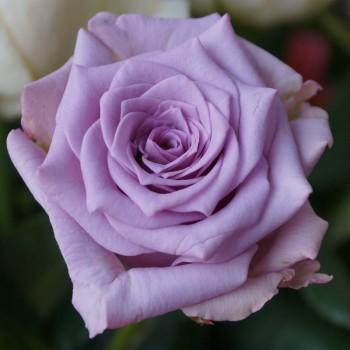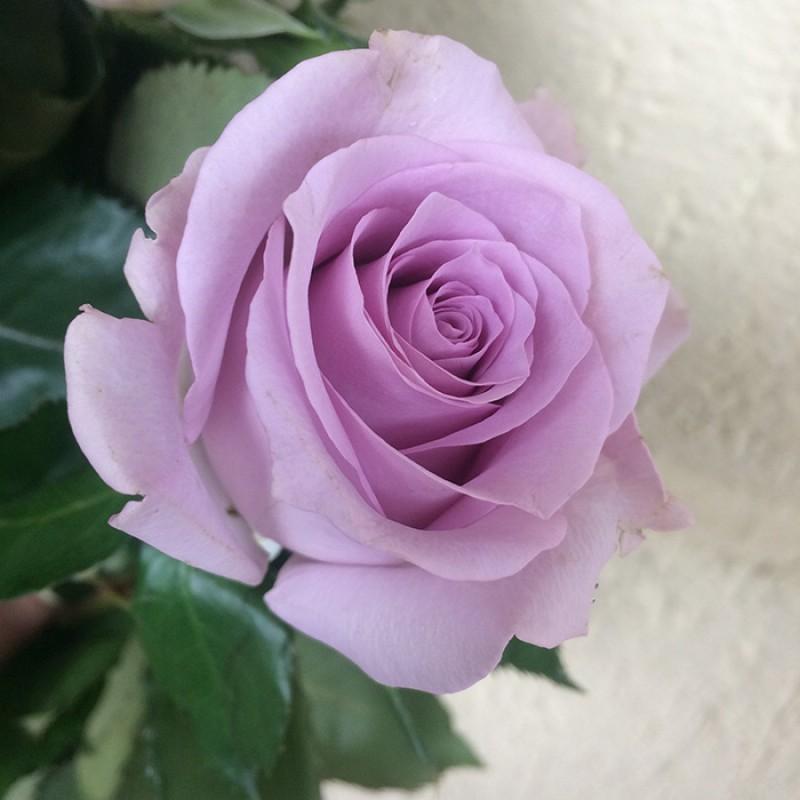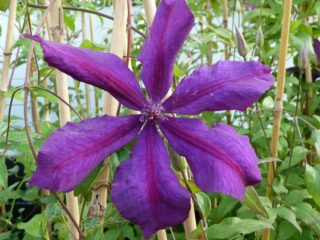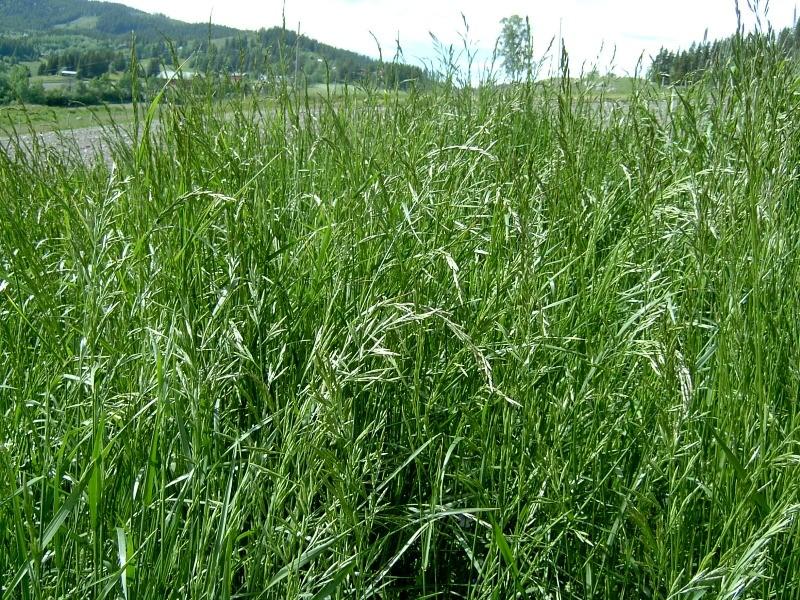Content
Roses have always been held in high esteem by gardeners. Over the centuries they have not lost their position as the most noble plant. Through the efforts of botanists, hundreds of species and varieties were developed, each with unique characteristics and color. Purple roses attract attention with their original colors, which symbolize wisdom and financial sufficiency.
Varieties of lilac and purple roses
The culture is divided into several categories: by color, belonging to the site (park), generic characteristics, country of cultivation. Modern achievements in breeding have become lilac and purple roses with strong immunity, winter hardiness, and immunity to precipitation. It’s worth taking a closer look at these varieties.
Varieties of purple climbing roses
This category has the characteristics of a shrub. During the flowering period, purple buds are formed in its upper part. Climbing roses are tall plants, reaching more than 5 m. Plants are used to decorate country houses - arches, canopies, verandas.
Rose varieties with lilac flowers can be climbing and grow up to 15 m in length. As a rule, they have small buds, but they outnumber ordinary bushes. In addition, the flowers have a pleasant smooth surface. The purple climbing species turns yellow in the fall. They grow well on heavy substrates.
Popular varieties of purple roses:
- Perennial Blue. The diameter of the shrub is 2 m, its height rarely exceeds 3 m. The variety has strong immunity, which other “queens of the garden” may envy.
Increased resistance of the variety to powdery mildew is noted
- Indigoletta. A re-flowering crop obtained in a Dutch nursery at the end of the last century. The bushes reach no more than 4 m in height, the width is 2 m. The climbing rose has powerful shoots covered with dense foliage.
Purple flowers are collected in pairs of 2-12 pieces.
Varieties of lilac hybrid tea roses
Not all lilac and purple roses are called hybrid tea. This group includes specimens grown on the basis of remontant and tea crops. From both parents, flowers inherit a powerful scent and large buds that last a long time on the peduncle.
The hybrid tea group is grown for cutting, so the shrubs do not have dimensions that are at least indirectly similar to climbing ones. The average height is a little more than a meter. Purple and lilac roses are immune to cold and some pests.
Here are some interesting varieties that are suitable for planting in any region of the country:
- Avangard. The height of the rose barely exceeds 80 cm.They are very compact and do not have thorns (except for a few in the central part of the shoots). The flowers are characterized by a symmetrical shape and a large number of petals - up to 64 pieces.
Each bud opens on average in 2 weeks
- Claude Brasseur. A medium-sized shrub with densely double flowers reaching about 10 cm in diameter. The petals are wavy, lilac (sometimes purple) in color.
The variety is recommended for planting in central Russia
Park
This group was bred on the basis of rose hips. Lilac roses, as the name suggests from the photo, are suitable for growing in parks, alleys and gardens. Thanks to the rapid growth and density of shoots, the shrub looks powerful. Flowering begins closer to summer, in some species in early autumn.
The petals have a rich purple hue. The color of the leaves can be either bright or dark. Each flower has more than 160 petals. The most famous representative of the park group is Cardinal de Richelieu.

This is a very vibrant rose that is resistant to most fungal diseases.
It is recommended to grow the crop against the backdrop of dark conifers
Standard
This category of purple roses is one of the most ancient and little-known. They are not widely used against the background of hybrid tea varieties with their dense foliage. Standard plants are best suited for solitary cultivation. The culture has much in common with dwarf trees, but, unlike them, it is much more beautiful.
One of the popular varieties of standard purple roses is Heidi Klum.

The variety grows mainly in warm regions, but can also be bred in the temperate Russian climate
Ground cover
Under this name are hidden dozens of varieties of double roses with purple, dark and pink colors. Designers developed a ground cover group for the purpose of landscaping public gardens, parks, and memorial places. Many varieties can be found in private farms.
Shrubs creep along the ground and do not grow upward. This has given gardeners a new purpose for growing these flowers. By means of dense growth, you can hide bald spots in the garden without losing the decorative appearance. Roses bloom for a long time.
Common varieties:
- Weg der Sinne. Suitable for planting in any part of Russia. The plant has erect shoots on which dark green leaves are dispersed. The latter have a glossy surface. The number of flowers is average, diameter is about 7-9 cm.
The buds of Weg der Sinne consist of three pairs of petals and several yellowish stamens in the central part
- Nightingale. The crop reaches up to 100 cm in height, the width of the bush is 65-70 cm. It grows well in fertile substrates - in loam and sandy loam. Normal lighting is required for cultivation. From one to three buds can appear on each peduncle.
Purple roses have wavy petals.
- Ocean Song. A large variety, towering 120 cm. The bushes are quite narrow - only about 50 cm wide. The flowers are solitary, but they are very strong.
The strength is due to the large number of petals, which, by the way, have a smooth shape and a pleasant aroma
Varieties of dark purple roses do not always have uniform colors, which indicates the diversity of shrubs.
Dutch
The land of flowers has produced hundreds of varieties of roses, many of which are purple. They received medium-sized flowers and a fruity smell enveloping the stamens.
The purple rose Charles De Gaulle has become a godsend for many designers. It has a light color and very dense petals that are resistant to inclement weather.

The shrub grows up to 100 cm, each flower barely exceeds 8 cm in diameter
Bush
This group is characterized by a huge number of buds, densely dispersed throughout the bush. There are varieties with single flowers, but they are less common. The buds are usually small and can have different shapes - not all look symmetrical up close. The advantage of bush plants is resistance to frost.
Interesting varieties:
- Lavender Dream. Has unique flat buds. The rose is dwarf, but it blooms very luxuriantly and for a long time.
The height of the purple variety is 70 cm, color may vary slightly
- Blue Moon. The rose has weighty flowers, reaching up to 12 cm in diameter. 2-3 shoots are formed on each stem.
The bushes look neat and grow up to 120 cm
Both crops are resistant to insects, in particular to aphids.
English
British roses are famous for their fragrance. They have a uniform shade of flowers and shoots. Popular varieties include the purple variety The Prince. At first the buds are colored red, and after dissolution the petals take on a purple hue.

The flowers are small, only about 5 cm
Large
This category includes all roses with a flower diameter of 12 cm. Such shrubs have predominantly large shoots, within 200 cm. Each one produces from one to eight buds. Famous varieties include the lilac rose with a pink border, Paul Neyron.

Compared to other bushes, Paul Neuron is a real giant
Miniature
These purple roses are also called border roses. Their height is limited to 20 cm, although there are giants among them (but not more than 45 cm). Popular varieties:
- Amulet. Reaches 45 cm in height, has double buds of a pinkish-purple hue.
After opening, the diameter of the flower is about 6 cm
- Lavender Ice. A miniature rose, the peduncle of which rises only 30 cm from the ground. The buds are small, no more than 4 cm.
During the blooming period, flowers may become more saturated, which indicates correctly selected lighting
The listed plants must be covered for the winter.
Application in landscape design

Various purple flowers are usually formed into single large bushes.

Tall purple plants look harmonious against hedges

It is recommended to design paths with dwarf varieties

Climbing crops are most often used to decorate decorative arches
Conclusion
Purple roses have become widespread due to the diversity of species, which consists in the smell, shape, size and shade of the buds. The cultivation of colorful crops is carried out not only in warm countries, but also in Russia - with proper care for them.



















